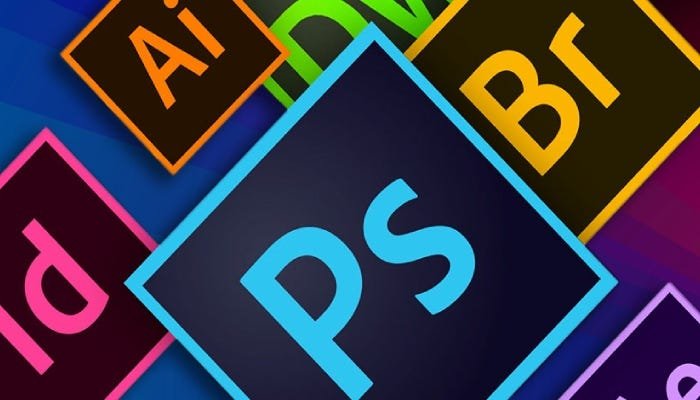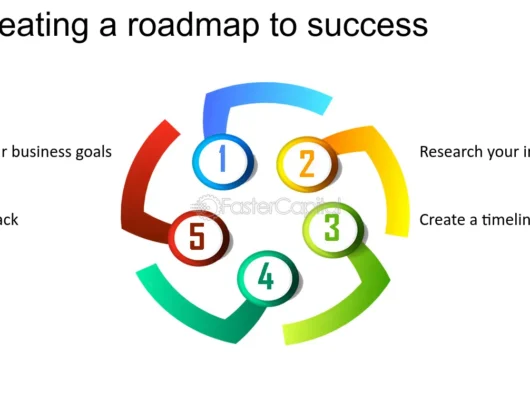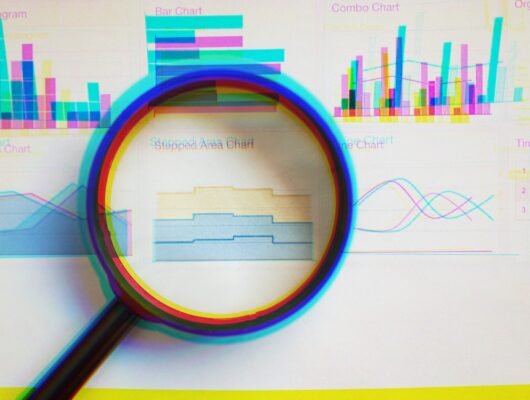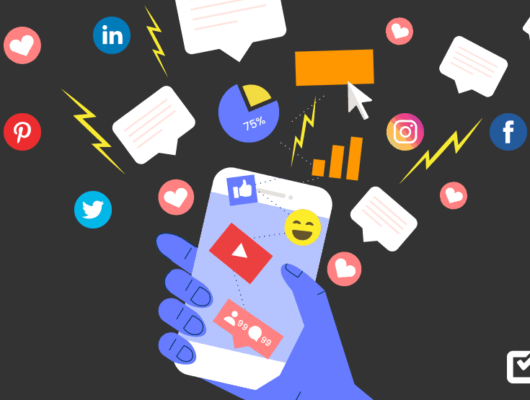Graphic design is a cornerstone of modern communication, with businesses, artists, and marketers relying on visually compelling designs to connect with audiences.
Whether you’re a professional designer or a beginner looking to create stunning visuals, choosing the right graphic design software is crucial.
In this article, we’ll explore the top graphic design software available in 2024, examining their features, pros, and cons to help you find the best tool for your needs.
Section 1: Adobe Creative Cloud Suite
- Subsection: Adobe Photoshop
- Overview: The industry standard for photo editing and graphic design.
- Key Features: Advanced photo manipulation, layering capabilities, extensive brushes, and filters.
- Pros: Powerful tools for detailed editing, vast resources and tutorials, integration with other Adobe apps.
- Cons: Steep learning curve, expensive subscription model.
- Best For: Professional graphic designers, photographers, digital artists.
- Subsection: Adobe Illustrator
- Overview: The go-to software for vector-based design.
- Key Features: Precision with the Pen Tool, scalable vector graphics, extensive typography tools.
- Pros: Ideal for logo design, illustrations, and typography; seamless integration with Adobe Creative Cloud.
- Cons: Expensive subscription, can be complex for beginners.
- Best For: Logo designers, illustrators, branding specialists.
- Subsection: Adobe InDesign
- Overview: Leading software for layout design and desktop publishing.
- Key Features: Master pages, advanced typography, interactive PDFs.
- Pros: Excellent for multi-page documents, supports complex layouts, integrates with Photoshop and Illustrator.
- Cons: Limited photo editing capabilities, requires experience to use effectively.
- Best For: Print designers, publishers, marketers.
Section 2: Affinity Suite
- Subsection: Affinity Designer
- Overview: A powerful alternative to Adobe Illustrator for vector design.
- Key Features: Vector and raster workspaces, precision tools, non-destructive editing.
- Pros: One-time purchase, affordable, robust features for vector design.
- Cons: Lacks some advanced features of Illustrator, fewer third-party integrations.
- Best For: Freelance designers, illustrators, small business owners.
- Subsection: Affinity Photo
- Overview: A strong competitor to Photoshop for photo editing and graphic design.
- Key Features: Advanced photo editing tools, real-time editing, HDR merge.
- Pros: One-time purchase, comprehensive feature set, fast performance.
- Cons: Smaller user community, fewer tutorials and resources.
- Best For: Photographers, digital artists, graphic designers on a budget.
- Subsection: Affinity Publisher
- Overview: A cost-effective alternative to Adobe InDesign for layout design.
- Key Features: Linked text frames, master pages, precision guides.
- Pros: One-time purchase, easy integration with Affinity Designer and Photo, powerful layout tools.
- Cons: Limited to desktop publishing, lacks some advanced features of InDesign.
- Best For: Print designers, self-publishers, small marketing teams.
Section 3: Canva
- Overview: A user-friendly, web-based design tool perfect for beginners and non-designers.
- Key Features: Drag-and-drop interface, vast template library, easy social media integration.
- Pros: Free tier available, simple to use, no design experience required, great for quick designs.
- Cons: Limited customization, lacks advanced design tools, dependent on internet access.
- Best For: Social media managers, marketers, small business owners, beginners.
Section 4: CorelDRAW Graphics Suite
- Overview: A versatile design tool with strong vector graphics capabilities.
- Key Features: Intuitive vector illustration, page layout, photo editing.
- Pros: One-time purchase option, user-friendly interface, powerful vector tools.
- Cons: Less industry adoption than Adobe products, not as feature-rich as Illustrator or Photoshop.
- Best For: Freelance designers, print designers, small businesses.
Section 5: Sketch
- Overview: A vector-based design tool optimized for UI/UX design.
- Key Features: Symbols for reusable elements, collaborative features, plugins for extended functionality.
- Pros: Designed specifically for UI/UX, collaborative workspaces, extensive plugin ecosystem.
- Cons: Mac-only, not ideal for print design, requires additional tools for full functionality.
- Best For: UI/UX designers, web designers, app developers.
Section 6: Figma
- Overview: A browser-based tool for UI/UX design with strong collaborative features.
- Key Features: Real-time collaboration, vector editing, prototyping tools.
- Pros: Cross-platform, cloud-based, excellent for team projects, free tier available.
- Cons: Primarily focused on UI/UX design, requires internet access, fewer features for print design.
- Best For: UI/UX teams, product designers, remote design collaboration.
Section 7: Procreate
- Overview: A popular digital painting and illustration app for the iPad.
- Key Features: Pressure-sensitive brush strokes, advanced layering, time-lapse recording.
- Pros: Intuitive interface, optimized for touch input, affordable one-time purchase.
- Cons: iPad-exclusive, lacks some vector design tools, not ideal for text-heavy designs.
- Best For: Illustrators, digital painters, concept artists.
Conclusion
Choosing the right graphic design software depends on your specific needs, skill level, and budget. Adobe Creative Cloud remains the industry standard for comprehensive design solutions, while alternatives like Affinity and Canva offer powerful yet affordable options for designers of all levels.
Whether you’re focused on vector graphics, photo editing, layout design, or digital painting, there’s a tool out there that’s perfect for you.
Explore the options, take advantage of free trials, and find the software that best fits your creative






